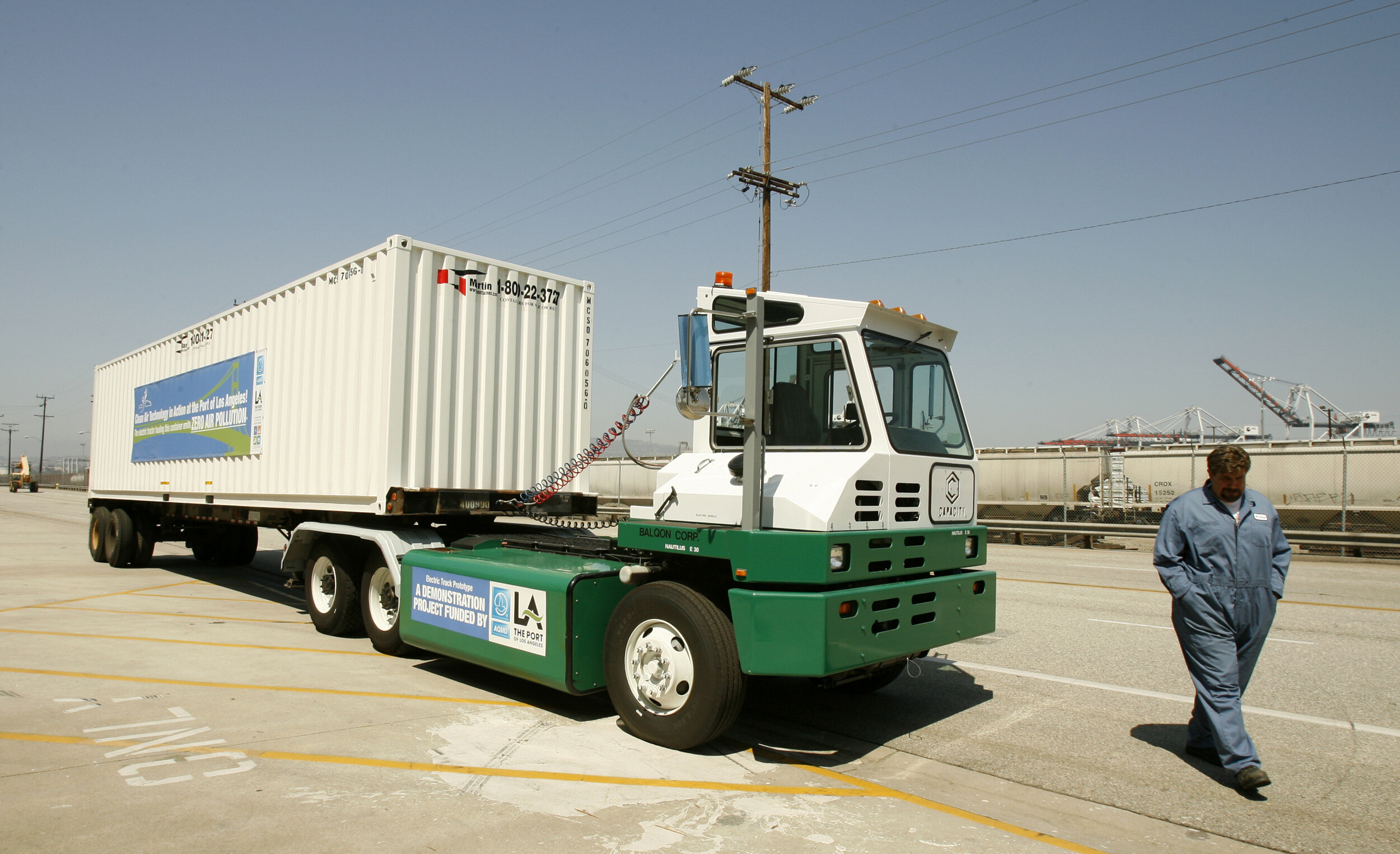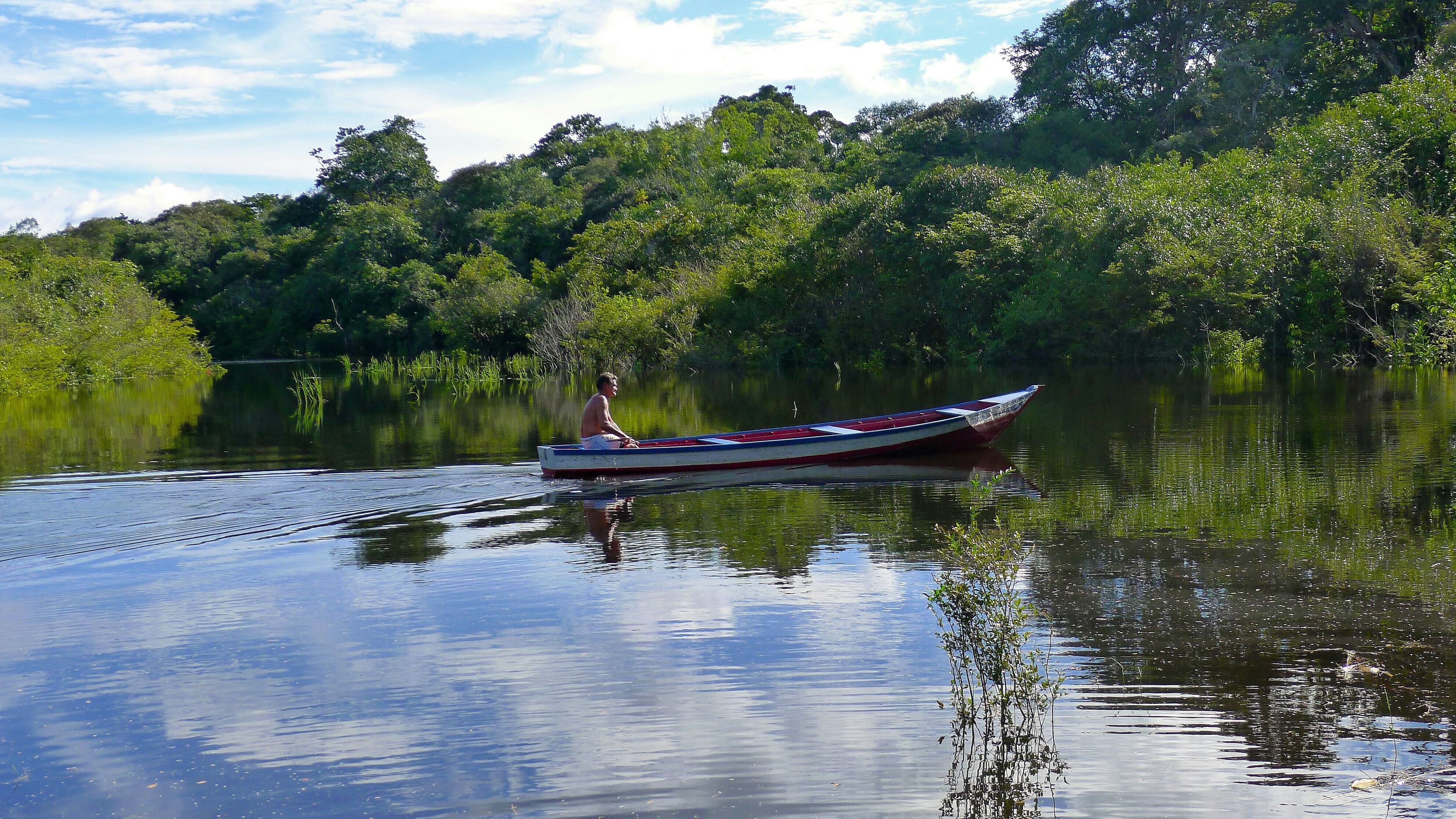Heatwaves: How can cities adapt to rising temperatures?

Seattle is one of the cities currently facing heatwaves and record high temperatures. Image: Unsplash/Ben Dutton
- Cities in the U.S. Pacific Northwest and Canada are facing heatwaves and have rising temperatures, which are more than 15 degrees Celsius above normal summer highs.
- Typically, cooler cities face the greatest risk from heatwaves, because they don't have infrastructure such as air-conditioning to support citizens.
- A 2020 study by climate scientists has found that heat risks will hit 3.5 billion people by mid-century.
- Cities such as Athens in Greece have discovered various coping strategies, which could be beneficial to less experienced cities.
Seattle, Portland and other cities in the U.S. Pacific Northwest and Canada are blasting past heat records, facing sweltering temperatures more than 15 degrees Celsius (30 degrees Fahrenheit) above normal summer highs.
Rising temperatures in Portland hit 116F (46C) - and the regularly warm Canadian village of Lytton, in British Columbia, set an all-time national heat record: 49.6C, or 121F.
Globally, such cities better known for their cool or mild weather face the biggest risks from heatwaves, with residents rarely equipped with air conditioning and governments less used to offering advice or emergency cooling spaces.
In the northern state of Michigan, "structures are not well-adapted for heat - we built them for cold. But our world will be changing," noted Patricia Koman, a research investigator at the University of Michigan School of Public Health.
Globally, heat risks due to heatwaves will hit 3.5 billion people by midcentury, almost half of them in urban centres, a 2020 study by climate scientists found.
And by the end of the century, heat deaths globally could nearly equal those from all infectious diseases combined today, according to the U.S. National Bureau of Economic Research.
But cities that have long dealt with dangerous heatwaves - from Ahmedabad in India to Athens in Greece - or those now preparing for them have strategies for dealing with worsening heat risk that could help the newly boiling cope.
Here's some of what they've learned:
Offer public cool spaces to beat rising temperatures
Air-conditioned malls, libraries, churches, trains or community centres are great places to cool off for those too hot to stay at home, and city officials often coordinate with them and include them on lists of places to seek respite from heat.
But such cooling centres need to be close enough to safely access - particularly for the elderly or disabled - or transport to them needs to be provided, said Anouk Roeling, a sociology expert of crisis and disaster at The Hague, in the Netherlands.
"If you have to walk 30 minutes to get to a cool space, the health benefit kind of gets lost," she said.
In the long term, planting more trees and creating shady street corridors to allow more people to walk safely can help, city experts said - but trees take time to grow and other short-term measures may be needed to fight rising temperatures and heatwaves.
Making sure cooling centres are actually open
In some hot southern European cities, where many people go on holidays in August, volunteers that normally open community centres may not be around with the keys when they are most needed, city officials there said.
Mobile phones can give personalised advice
Mobile phone apps such as Extrema, now used in Athens and a range of other cities, offer users a range of personalised heatwave advice, from locations of the closest cooling centres to localised temperature forecasts.
For those willing to share more personal information, the Extrema app can also offer warnings about how various levels of heat could change the action of medications taken by the app user.
Look for shade and water
From Qatar's steamy capital of Doha to Tel Aviv, hot cities are adding more sun-shading canopies, ensuring buildings have overhangs and creating other structures that can help hold down heatwaves for those who need to be out in it.
Tel Aviv has held competitions to design innovative and beautiful shading structures for sidewalks and public spaces.
In Cape Town, which also has struggled with water shortages, water-thrifty spray parks rather than swimming pools now help cool residents on hot days.
And in parts of India, families organise to provide ceramic containers of cool water outside their homes and businesses to help cool sweltering passersby.
Cooler roads and roofs help too
With the summer Olympic Games starting in July, Tokyo has laid 126 km (78 miles) of reflective pavements, in part to cool the marathon course. In other cities, simply ditching black tarmac for lighter coloured pavement can help keep road and sidewalk users safe.
Painting more roofs white, to reflect heat, also is a relatively cheap way of lowering temperatures and risks in particularly poor areas with no money to pay for cooling, city experts say.
Paying for cooling takes planning
New York City has provided air conditioners and other cooling equipment to some low-income seniors - a group at high risk from heatwaves.
But poorer families in many cities may struggle to pay hefty utility bills and so will often try to struggle through without turning on their cooling devices, with deadly consequences, city officials warn.
In an effort to change that, New York hopes to persuade the state government to give poorer families financial aid to pay summer utility bills - just as some now receive help paying for winter heat, said Kizzy Charles-Guzman, deputy director of the city mayor's resiliency office.
Tracking the heatwaves can help pinpoint risks
Heat threats vary across a city and understanding where risks are highest - often in areas with little green space and high social deprivation - can be key to protecting lives.
Madrid is using real-time heat sensors - some mobile, mounted on bikes or backpacks - to give a clearer sense of where heat risks are highest.
Other cities track areas of heat stress in real time by looking at social media posts and trying to adjust their response efforts accordingly.
Name that wave
Because most heat deaths happen indoors, the scale of risk from heat is often underestimated. To change that, members of the Extreme Heat Resilience Alliance want to begin giving heatwaves names and ratings, like hurricanes.
The alliance, a coalition of 30 big-city mayors and insurance officials, as well as health, climate change and policy experts, think raising the profile of heatwaves is key.
What’s the World Economic Forum doing about climate change?
"People do not understand this risk and we need to change that," said Kathy Baughman McLeod, director of the Washington-based Adrienne Arsht-Rockefeller Foundation Resilience Center, which works to cut climate change, migration and security risks.
"Extreme heat is, or will be, felt by everyone, everywhere at some point. We have to build awareness to this invisible threat - and we have to act."
Don't miss any update on this topic
Create a free account and access your personalized content collection with our latest publications and analyses.
License and Republishing
World Economic Forum articles may be republished in accordance with the Creative Commons Attribution-NonCommercial-NoDerivatives 4.0 International Public License, and in accordance with our Terms of Use.
The views expressed in this article are those of the author alone and not the World Economic Forum.
Stay up to date:
SDG 13: Climate Action
Forum Stories newsletter
Bringing you weekly curated insights and analysis on the global issues that matter.
More on Climate Action and Waste Reduction See all
Wee Kean Fong and Yvonne Zhou
November 19, 2025








